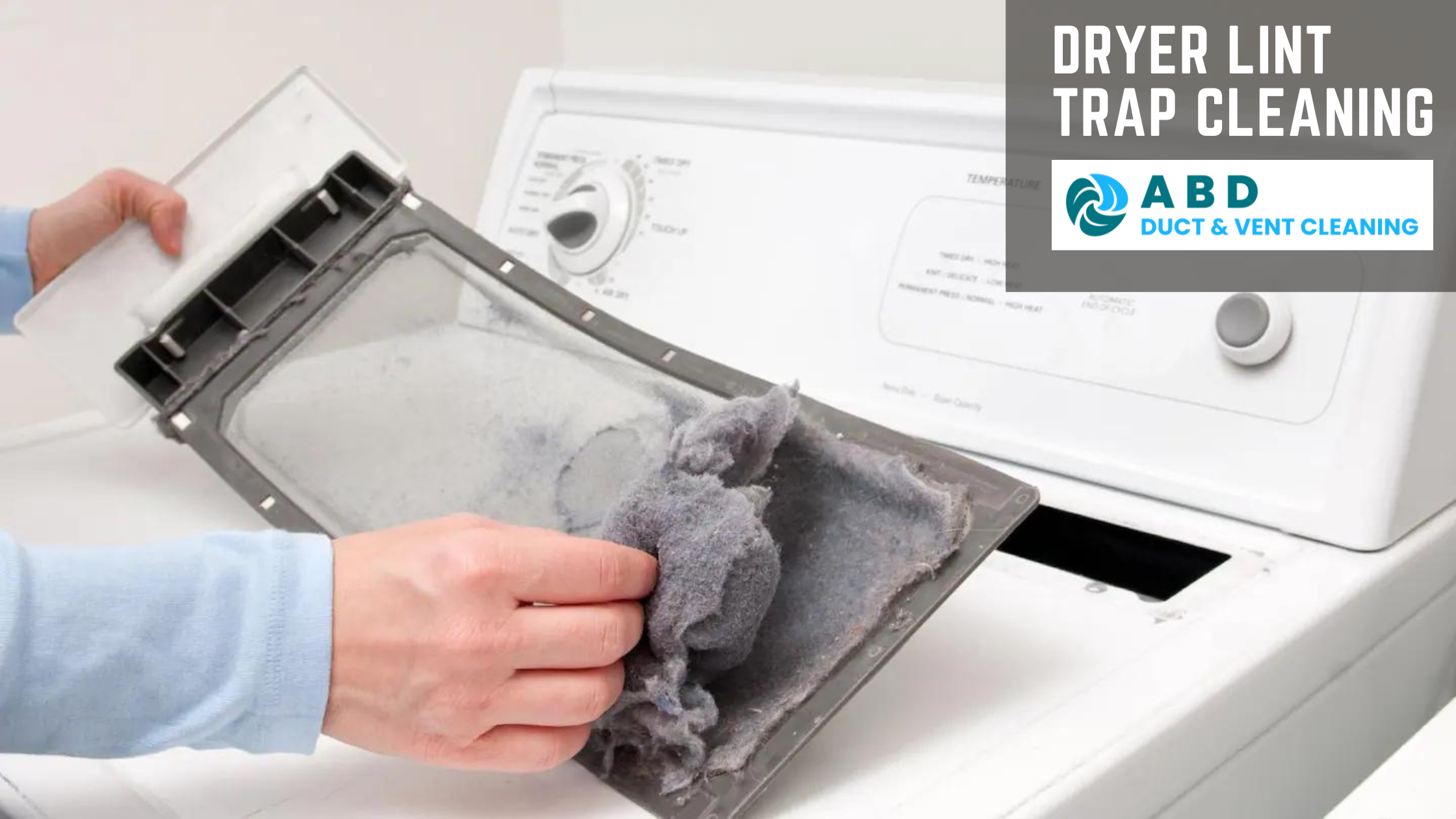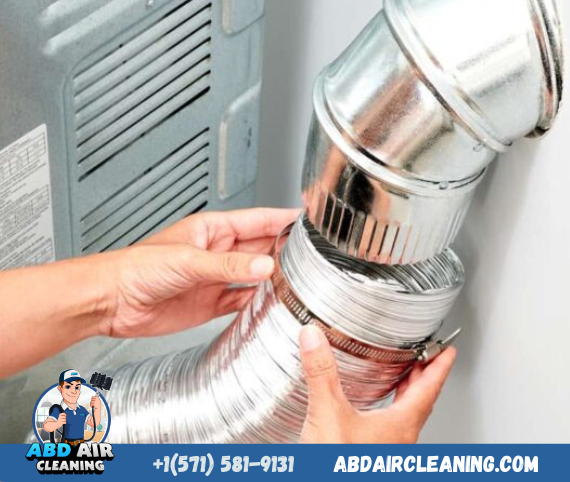Importance of Cleaning Your Dryer Lint Trap on Every Load
In the hustle and bustle of daily life, it’s easy to overlook the seemingly mundane tasks that contribute to our home’s safety and efficiency. One such task is cleaning the lint trap of your dryer—a chore often relegated to the bottom of the to-do list. However, what many fail to realize is that this small, often overlooked component plays a crucial role in not only the performance of your dryer but also the safety of your home. In this comprehensive guide, we delve behind the scenes to understand the vital role of your dryer’s lint trap and why regular maintenance is essential for the well-being of your household.
Understanding the Lint Trap: What Is It and Why It’s so Important?
First, let’s explore what the lint trap actually is and why it’s important. The lint trap, also known as the lint screen or lint filter, is a mesh or screen located inside the dryer door or on the dryer’s top panel. Its primary function is to capture lint, fibers, and debris that are expelled from your laundry during the drying cycle. As wet clothes tumble in the dryer, friction causes loose fibers to detach, forming lint. Without a lint trap, this lint would circulate through the dryer’s ventilation system, leading to blockages and potential hazards.
Protect your home investment by prioritizing dryer vent cleaning services from ABD Air Duct and Vent Cleaning. Serving Northern Virginia, including Springfield and Annandale, our experienced technicians specialize in removing lint, debris, and bird nests from your dryer vents. Don’t wait until it’s too late—call us today at (571) 581-9131 or online at: ABDAIRCLEANING.COM to schedule your appointment and ensure the safety and efficiency of your home.
Role in Dryer Performance:
The lint trap plays a crucial role in maintaining the efficiency and effectiveness of your dryer. When the lint trap becomes clogged with debris, airflow is restricted, impeding the dryer’s ability to expel hot, moist air. As a result, drying times increase, energy consumption rises, and wear and tear on the dryer escalate. Additionally, a clogged lint trap can lead to overheating, posing a fire hazard. By regularly cleaning the lint trap, you ensure proper airflow, optimal drying performance, and reduced risk of dryer-related fires.
Safety First:
One of the most compelling reasons to prioritize lint trap maintenance is safety. According to the National Fire Protection Association (NFPA), failure to clean dryer vents is the leading cause of dryer fires, resulting in hundreds of injuries, deaths, and millions of dollars in property damage each year. Lint is highly flammable, and when combined with heat from the dryer, it can ignite, leading to a rapid spread of fire. By regularly cleaning your dryer’s lint trap, you significantly reduce the risk of a devastating fire in your home.
Signs of a Clogged Lint Trap:
How do you know if your dryer’s lint trap needs cleaning? There are several telltale signs to watch out for, including:
- Clothes taking longer to dry than usual.
- Excessive lint buildup around the dryer door or vent.
- A burning smell emanating from the dryer during operation.
- The dryer feeling hot to the touch.
- Visible debris or lint accumulation on the lint trap screen. If you notice any of these signs, it’s crucial to clean your lint trap promptly to prevent further issues and maintain dryer safety and efficiency.
Ignoring your dryer vent cleaning can lead to serious consequences. Protect your home and loved ones by entrusting ABD Air Duct and Vent Cleaning with your dryer vent maintenance needs. Proudly serving Northern Virginia, including Springfield and Annandale, our professional technicians are ready to remove lint, debris, and even bird nests from your vents. Don’t risk it—SCHEDULE AN APPOINTMENT for your dryer vent cleaning today at (571) 581-9131.
The Cleaning Process:
Cleaning your dryer’s lint trap is a simple yet essential task that should be performed regularly. Here’s a step-by-step guide to help you get started:
- Remove the lint trap: Locate the lint trap inside your dryer and remove it from its housing.
- Dispose of lint: Use your fingers or a soft brush to remove lint and debris from the lint trap screen.
- Wash the lint trap: For a more thorough clean, wash the lint trap screen with warm, soapy water and a soft brush. Rinse and dry thoroughly before reinserting.
- Clean the trap housing: Use a vacuum cleaner or a dryer lint brush to remove any remaining lint or debris from the trap housing.
- Reinsert the lint trap: Once cleaned, reinsert the lint trap into its housing, ensuring it fits snugly.
- Perform regular checks: Make it a habit to check and clean your dryer’s lint trap before or after each use to prevent buildup and ensure optimal performance.
Conclusion:
In conclusion, the lint trap of your dryer may seem like a small component, but its role in maintaining dryer performance and household safety cannot be overstated. By understanding the importance of regular lint trap maintenance and incorporating it into your home care routine, you can enjoy efficient drying cycles, lower energy costs, and peace of mind knowing that you’re reducing the risk of dryer fires. Remember, a few minutes spent cleaning your lint trap today can save you from potential disaster tomorrow.
Take the first step towards a safer, more efficient home by prioritizing the cleaning of your dryer’s lint trap. Your family and your home will thank you for it.





